If you are new to the car detailing industry or want to invest in good-quality window film, understanding the difference between window tint vs window film is crucial.
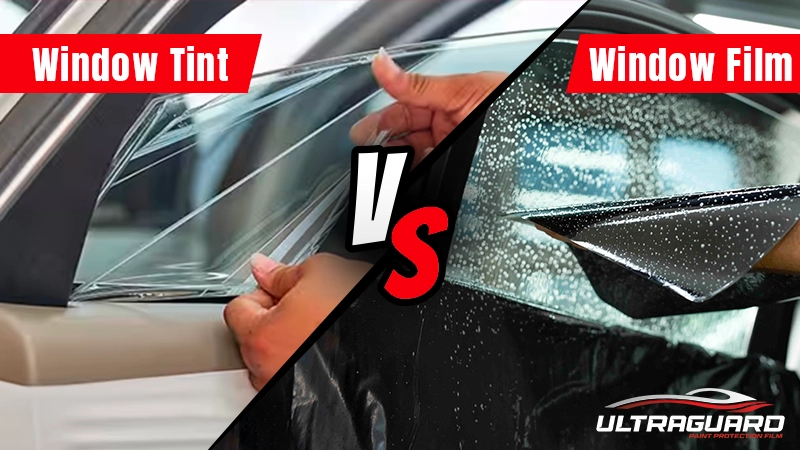
These options stand out for their distinctive benefits and applications in enhancing window functionality and aesthetics. Understanding the difference between both films is crucial whether you’re considering an upgrade for residential, commercial, or automotive windows.
What is Window Tint Film?
Window tint for cars are films that protect the window glass and improve the vehicle’s aesthetic with its tint. These dyed films add shade to the car to prevent the sun’s harmful UV rays from entering your vehicle. They not only block the UV rays, but they reduce the heat as well. It also enhances the vehicle’s privacy, reduces glare, and improves energy efficiency. They are used to customize the glass appearance.
What is Window Film?
Window films, a broader term for any protective film applied to windows, serve various purposes, including tinting. Manufacturers design window films to be either tinted or clear. These films aim to protect glass, prevent shattering, add privacy, and enhance security to deter break-ins and protect against vandalism. Depending on their type, these films might change the appearance of the windows.
Comparing Window Tint vs Window Film
Car Window Tint And Window Film protect the glass but have their unique features. The difference between Window Tinting Vs. Window Films are mentioned below:
Window Tint
Window tints are dyed films with different visibility shades. These films have a permanent shade that does not fade with time. These films are applied directly to the vehicle’s window. Tinted films effectively regulate the vehicle’s temperature by blocking the harmful sun UV rays and adding shade. Plus, it gives you a bit of privacy since it’s harder for people to see inside.
Window Films
These films offer a variety of options. You can choose from tinted or transparent window films for use on car windows or any other glass surface in your house or office. Manufacturers create some films specifically to protect against UV rays, which can fade your furniture over time. Others aim for privacy or security in your home, making your windows more resistant to breaking.
Different types of window films other than window tint for cars are:
- Decorative Film
- Dyed window tint
- Privacy Window Film
- Carbon tint
- Mirrored Window Film
- Privacy Film
- Ceramic film
- Security film
- Solar film
6 Benefits of Installing Window Films
1. Prevent Upholstery From Fading
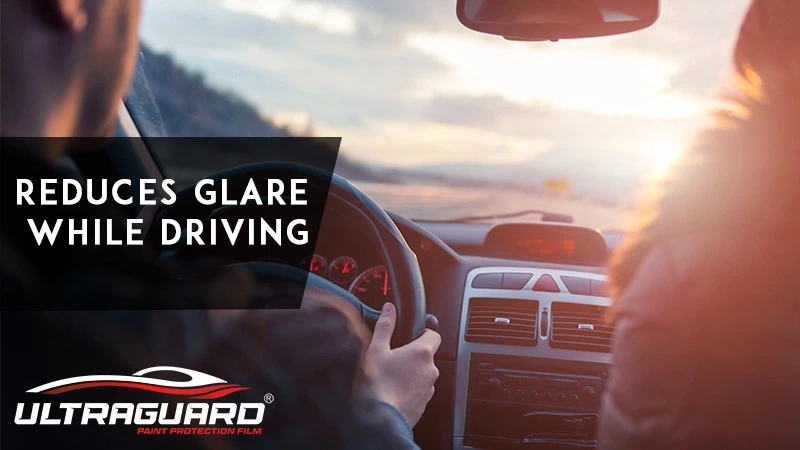
Sun’s damaging UV rays are the primary culprit for discoloration of the vehicle’s interior Upholstery. With window tinting, 99% of the harmful rays that discolor leather and vinyl will be blocked.
2. Reduces Glare While Driving
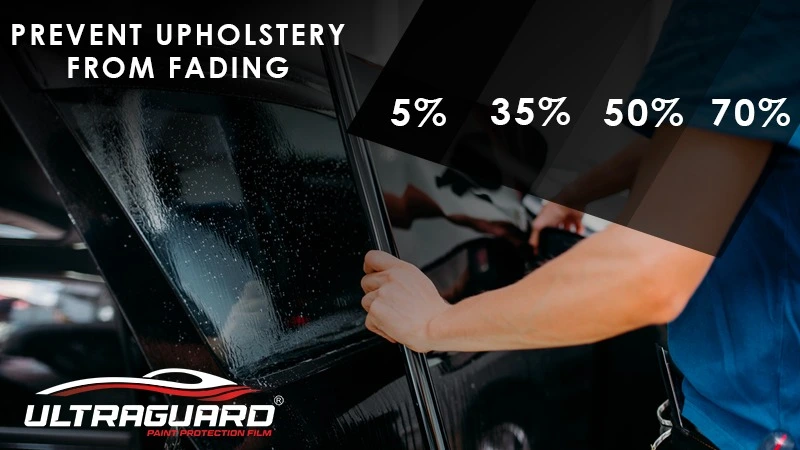
Window tints block the glared view of the driver as it may cause discomfort due to eye fatigue from direct sun. It will give the driver a pleasant experience while cruising in your car.
Car Window Tint And Window Film add various benefits in the long run, protecting you and your vehicle. Some of the advantages of window tints are:
3. Improves Vehicle’s Aesthetic
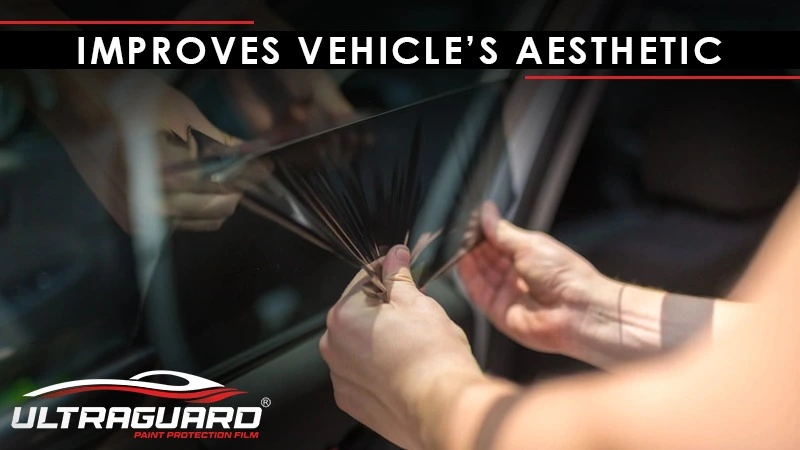
Adding tint to your car’s windows or installing any other window film will elevate its visual appeal and set it apart from the rest. With a range of tinted films available, you can select the one that best suits your preferences and needs, allowing you to personalize your vehicle’s appearance.
4. Easy to Update or Remove
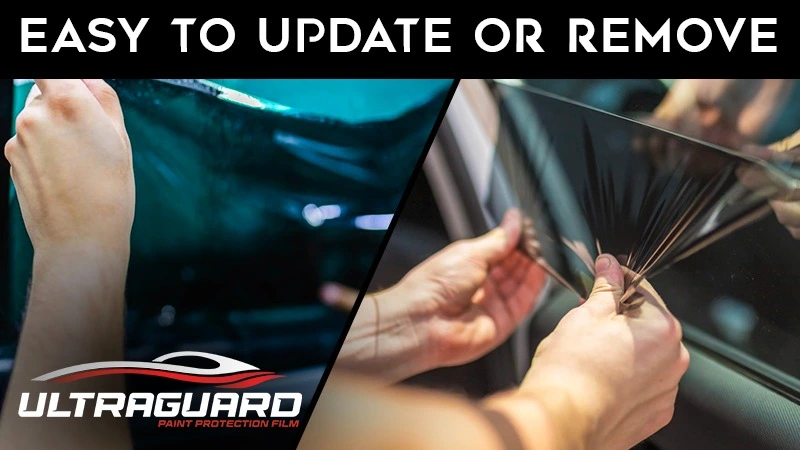
Trends change, and so might your taste. Window film or window tint can be easily updated or removed, making it a flexible option for those who like to keep up with the latest styles.
5. Rejects Heat

Window tinting can help with blocking heat emitted by the sun. It will keep the vehicle’s interior cool and reduce the need for air conditioning, which will help conserve energy and preserve fuel. It will also create a comfortable environment for passengers inside.
6. Protects Glass From Shattering
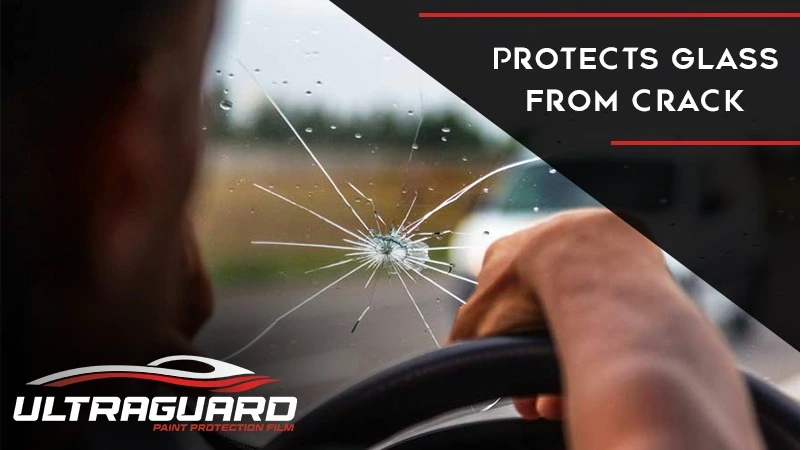
Window film serves the critical function of preventing glass from shattering upon impact. In the unfortunate event of a car accident, it acts as a protective barrier, safeguarding passengers from dangerous flying glass fragments.
Conclusion
To sum up, we hope you now understand the difference between window tint vs window film. Window tints are a simple option for upgrading a vehicle’s appearance, and reducing glare and UV exposure, on the other hand, window films present a broader range of functionalities, including privacy, security, and energy efficiency enhancements. Choosing between Window Tinting Vs. Window Film depends on individual preferences, budget constraints, and specific needs.


0 Comments